When leadership, survival, and non-fiction come together in one epic story, then I'm all in. Where to begin? First, Sir Ernest Shackleton is the indisputable universal definition of a "hard man to break."
The year was 1914, and Britain had just entered into "The Great War" after declaring war on Germany. Shackleton had spent the past three years raising funds and shaping his crew of 28 seamen for an expedition to sail to and then be the first group to cross the continent of Antarctica. With the breakout of war, the men became uneasy about leaving their home country of Britain, but ultimately, they received the blessing of Winston Churchill himself to carry on.
After several weeks journey, The Endurance becomes trapped within the massive ice floes of the Weddell Sea. They attempt to wait it out but eventually need to abandon ship as she becomes crushed between the rapidly moving floes. The crew salvages as much as possible from their dying ship and set up camp several hundred yards away, directly on the ice floe.
At this point, there is little they can do but wait for the ice to break up. The main problem, though, is that winter is bearing down on them, and in this part of the world, that means almost no daylight and brutally cold temperatures (wind!!) for about four months.
If this wasn't a true story, the reader may find the details of survival herein difficult to believe. There were constant below zero temperatures, gale force winds, frostbite, and basically every man was wet head to toe at all times. In terms of food, there was actually plenty, as the men were able to hunt penguins, seals and birds.
To his great credit, the author Alfred Lansing writes with a journalistic style that supports the telling of these fantastic events without attempting to turn it into a "thriller" of a read. The facts alone are thrilling enough! In addition, many photographs survived the journey and are plentiful throughout the book.
Back to Shackleton. After he and his men make it through the Antarctic winter, he makes the call to launch one of the three remaining lifeboats in an attempt to reach South Georgia Island, where there is a known whaling station. He and five men will attempt to navigate the journey across 800 miles of open ocean, land their craft, and then traverse multiple razor-sharp glaciers and mountains to reach the whaling station. Easy day!
Shacketon's ability to lead his crew literally back from the ends of the Earth is unbelievably inspiring. Sure, he has his moments of doubt, but he also feels an unyielding sense of responsibility to go first and always take care of his men.
5 stars
Thank you for reading!
As a supplement, you can find an excellent PBS NOVA documentary online about this expedition titled "Shackleton's Voyage of Endurance"




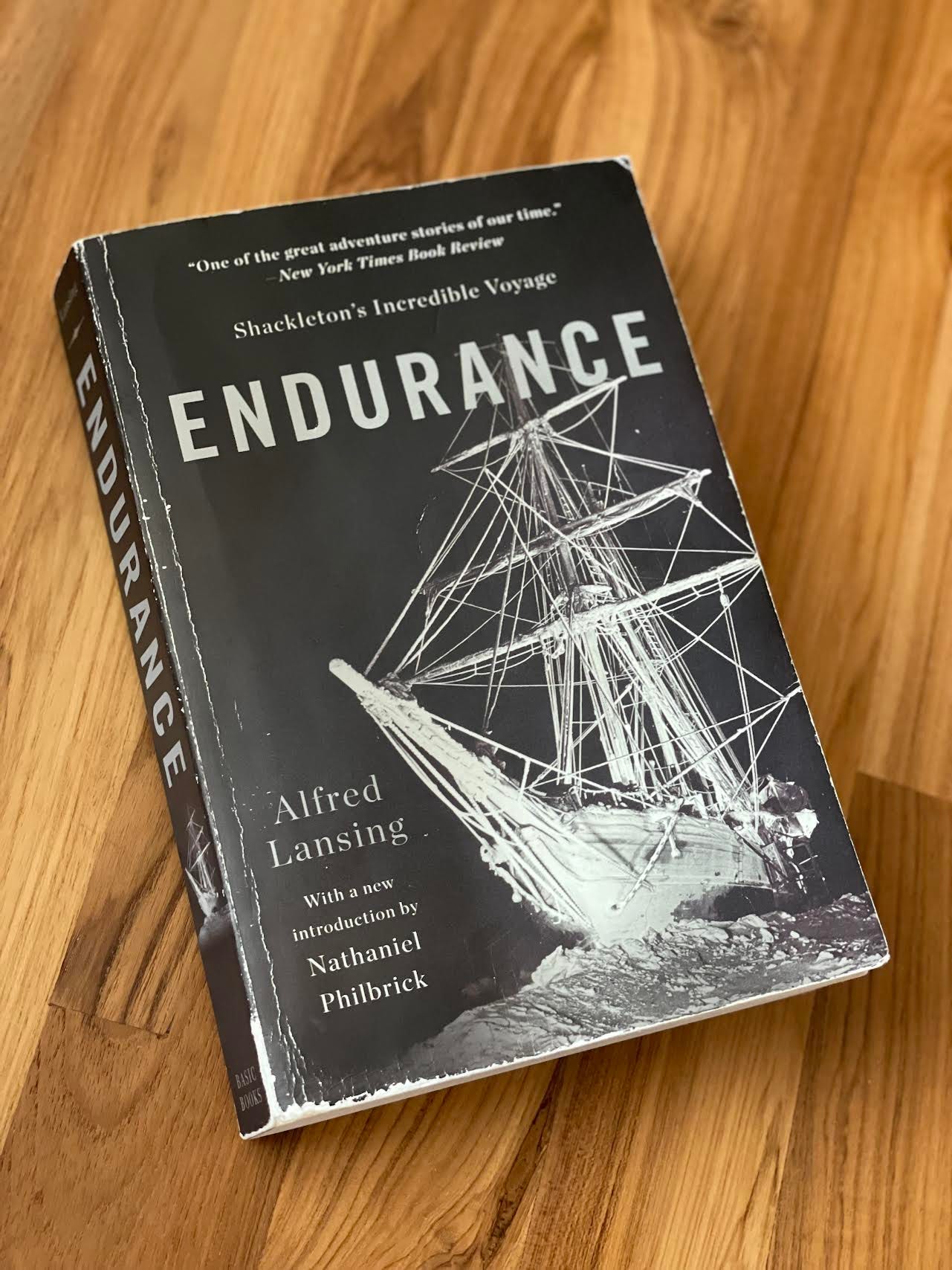
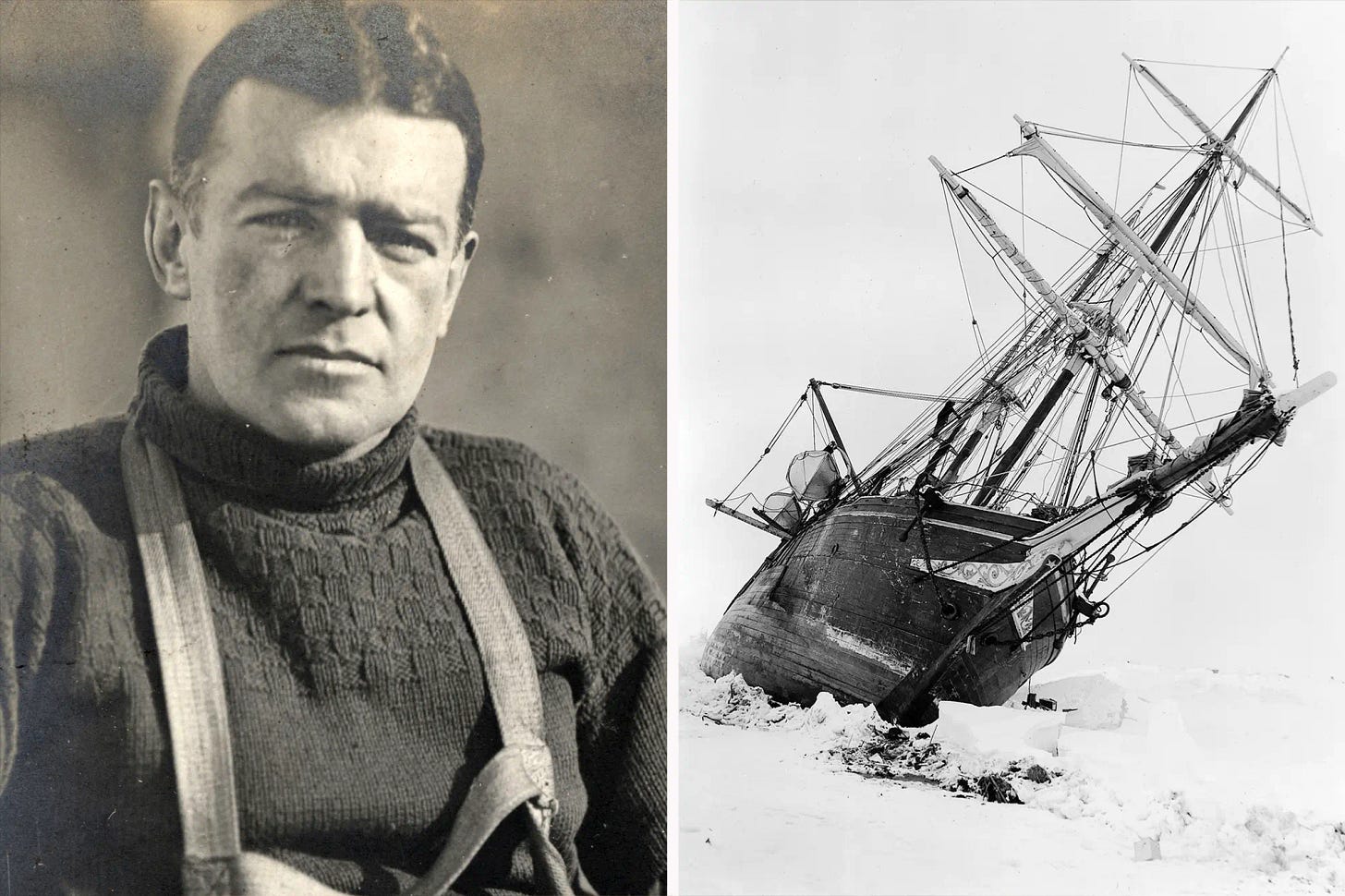

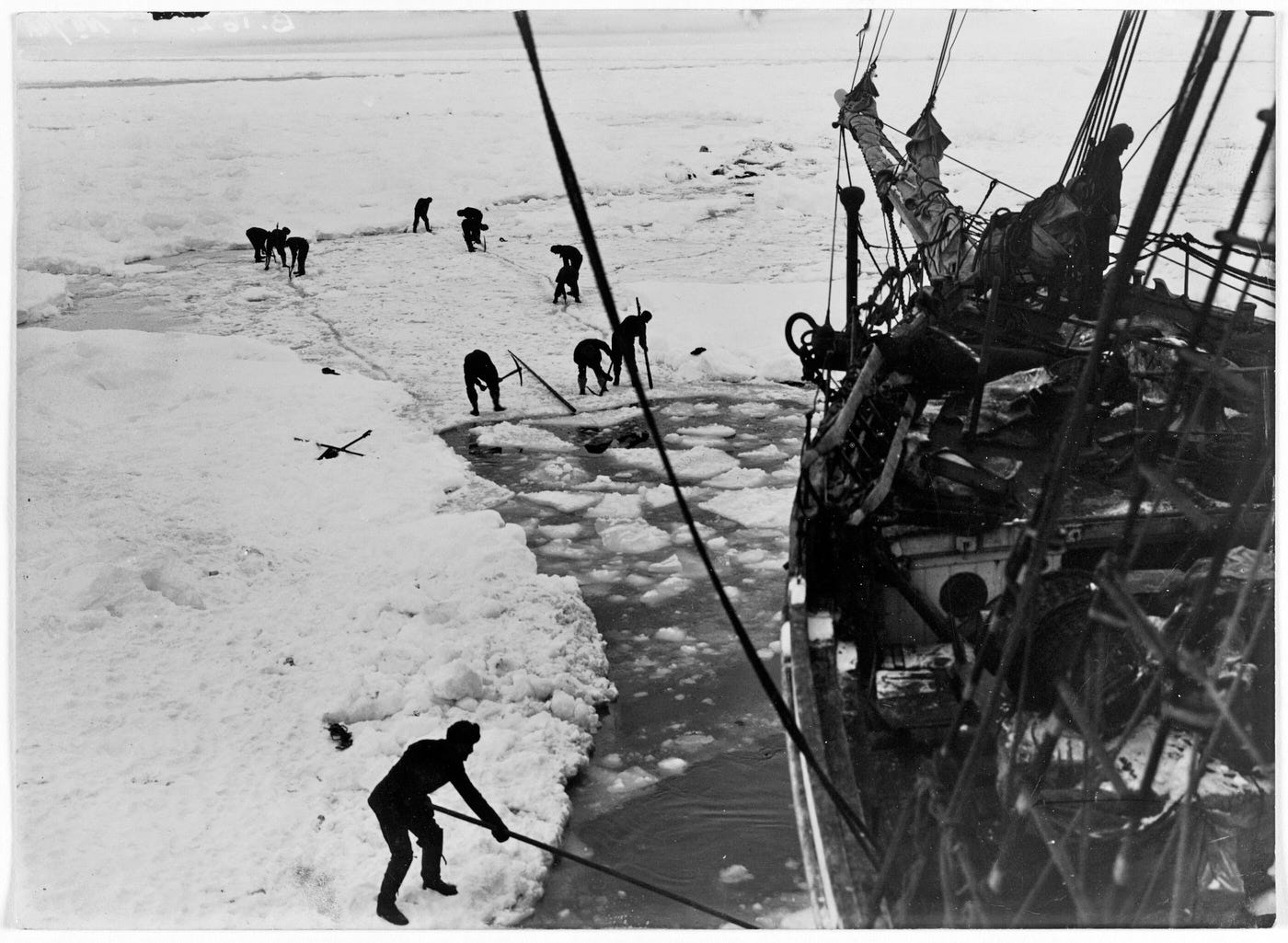
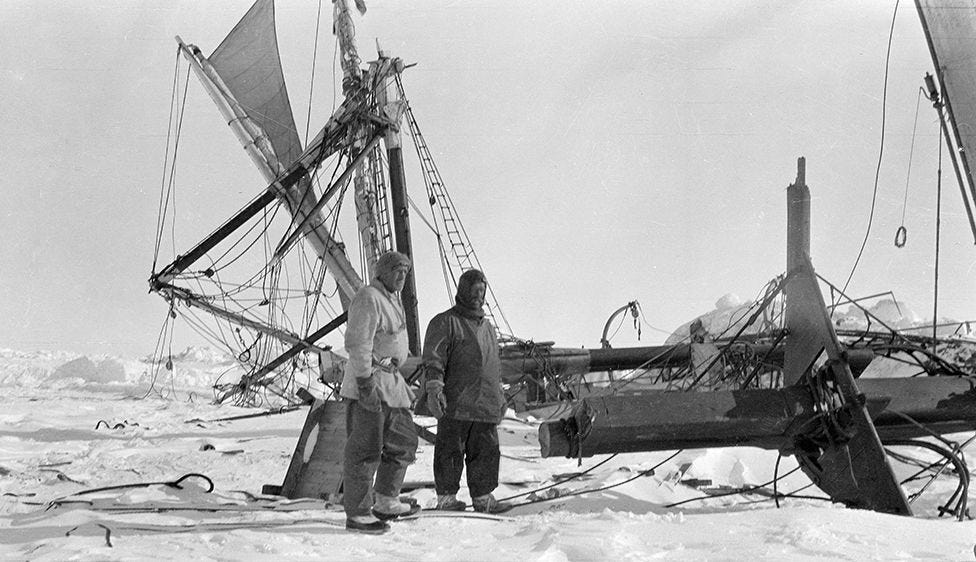
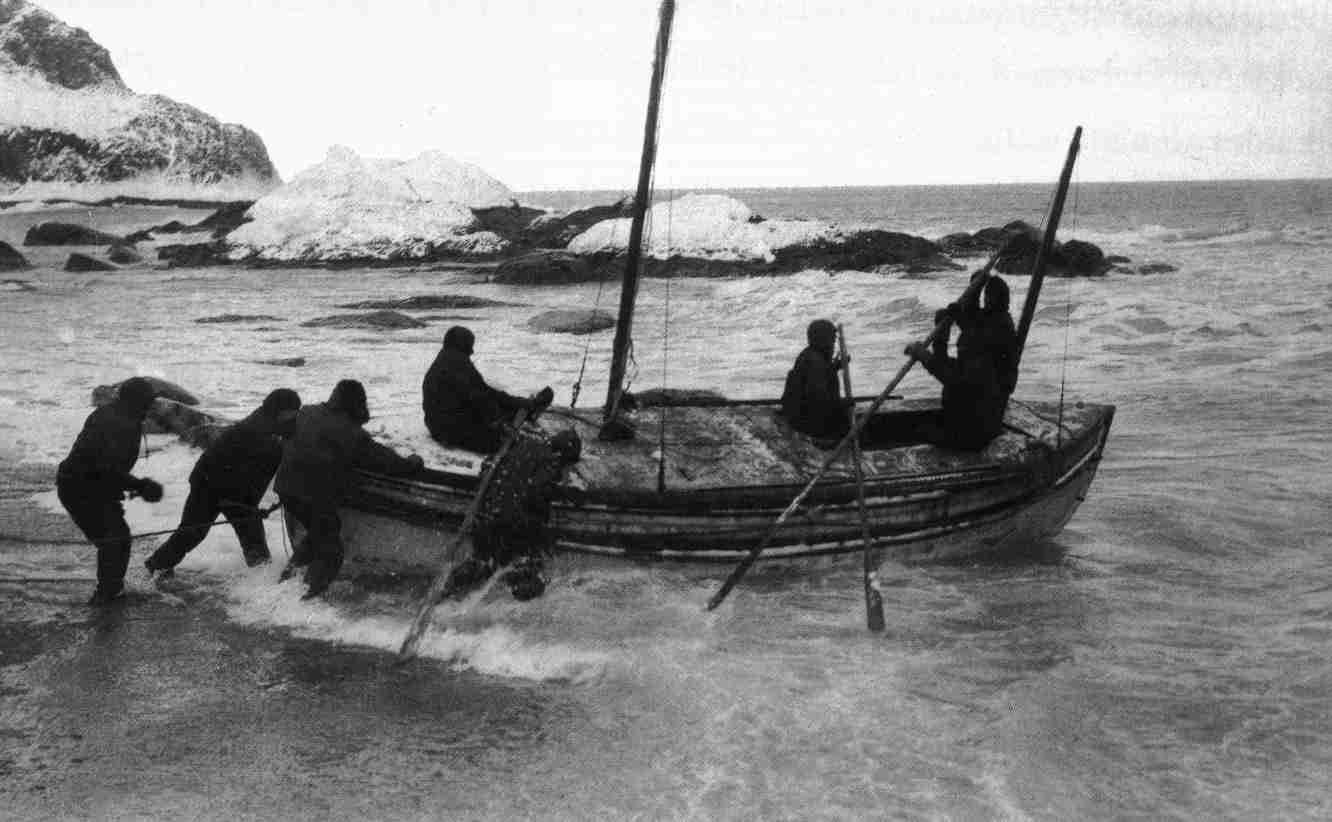
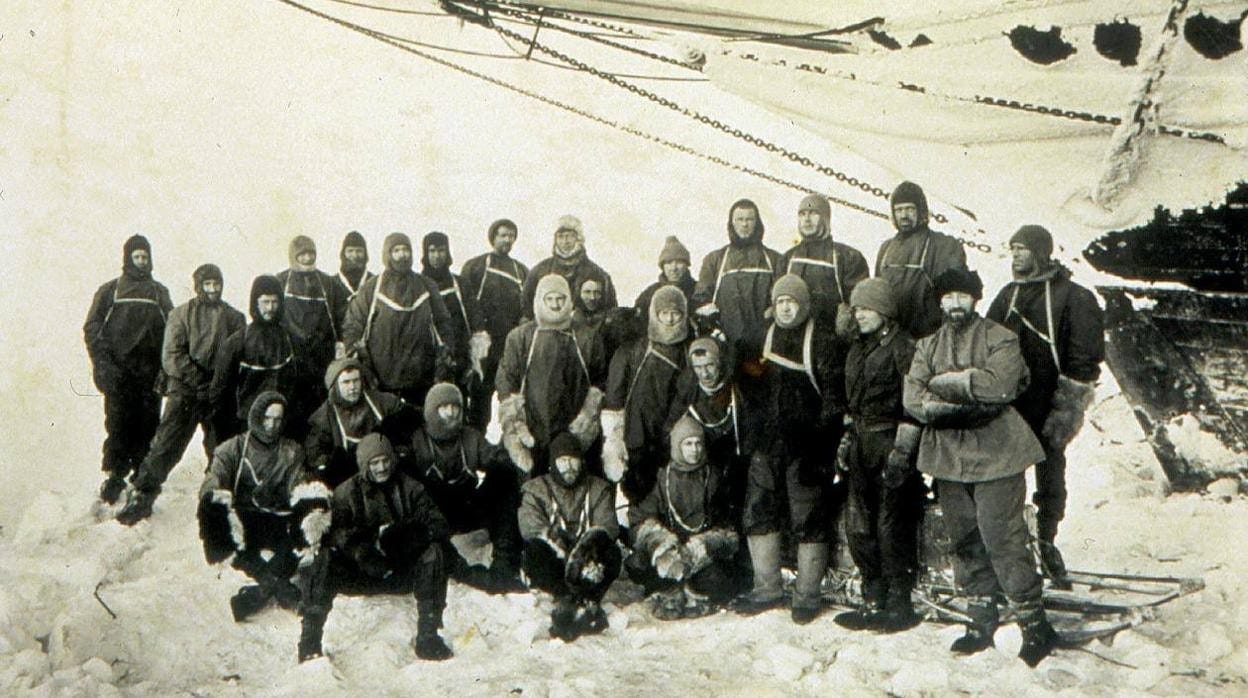
Good Review